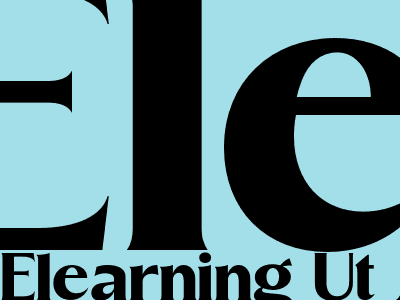E-learning: A Comprehensive Guide to Enhancing Online Education
Introduction
E-learning, or electronic learning, has emerged as a transformative force in the education landscape, providing unparalleled flexibility, accessibility, and personalized learning experiences. This comprehensive guide delves into the multifaceted world of e-learning, exploring its benefits, challenges, and best practices to empower educators, learners, and organizations in leveraging its full potential.
Benefits of E-learning
Enhanced Accessibility and Flexibility
E-learning transcends geographical barriers, enabling learners to access educational content anytime, anywhere. Its asynchronous nature allows learners to progress at their own pace, accommodating diverse schedules and learning styles.
Personalized Learning Experiences
E-learning platforms can be tailored to individual learning needs, providing personalized learning paths and customized content. This customization empowers learners to focus on specific areas of interest and address their unique learning gaps.
Cost-Effective and Scalable
E-learning offers cost-effective solutions for educational institutions and organizations. By eliminating the need for physical infrastructure and reducing travel expenses, e-learning enables the scaling of educational programs to reach larger audiences.
Challenges of E-learning
Digital Divide and Access Issues
Access to reliable internet connectivity and devices remains a challenge in some regions, limiting the accessibility of e-learning for all learners. Digital literacy and technological proficiency are also essential for successful e-learning experiences.
Lack of Social Interaction and Motivation
The absence of face-to-face interactions in e-learning environments can lead to feelings of isolation and decreased motivation. Learners may struggle to stay engaged and motivated without the support and stimulation of a physical classroom setting.
Quality and Standardization
The proliferation of e-learning platforms and content providers has raised concerns about quality and standardization. Ensuring the integrity and credibility of online educational programs is crucial to maintain the value of e-learning.
Best Practices for E-learning
Effective Course Design
- Design courses with clear learning objectives, engaging content, and interactive activities.
- Incorporate multimedia elements such as videos, animations, and simulations to enhance engagement.
- Provide opportunities for practice, feedback, and assessment to reinforce learning.
Technical Infrastructure and Support
- Invest in a reliable e-learning platform with robust features and technical support.
- Provide technical training and support to learners to ensure seamless access and navigation.
- Establish clear guidelines for technical troubleshooting and ensure prompt resolution of issues.
Engaging Pedagogical Approaches
- Facilitate active learning through online discussions, collaborative projects, and interactive simulations.
- Encourage peer-to-peer interaction and knowledge sharing to foster a sense of community.
- Provide regular feedback and personalized support to keep learners motivated and on track.
Conclusion
E-learning holds immense potential to transform education by providing accessible, flexible, and personalized learning experiences. By addressing the challenges and embracing best practices, educators, learners, and organizations can harness the full power of e-learning to empower learners, enhance education delivery, and create equitable learning opportunities for all.

Komentar